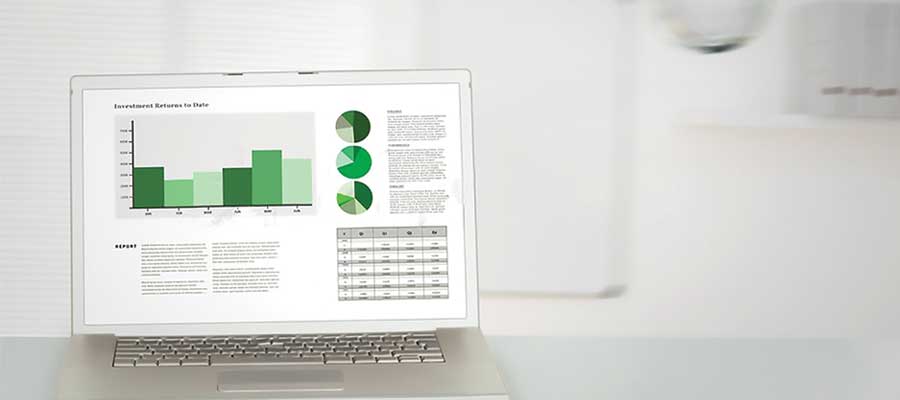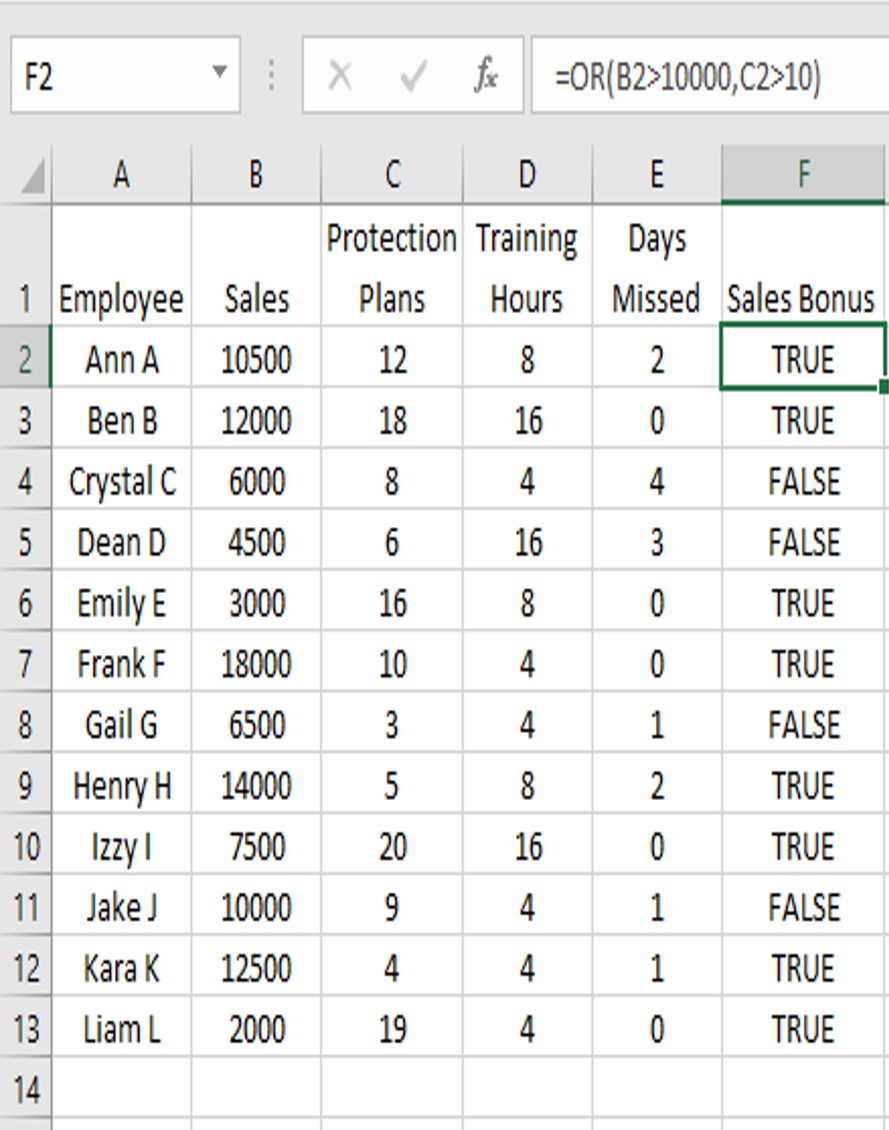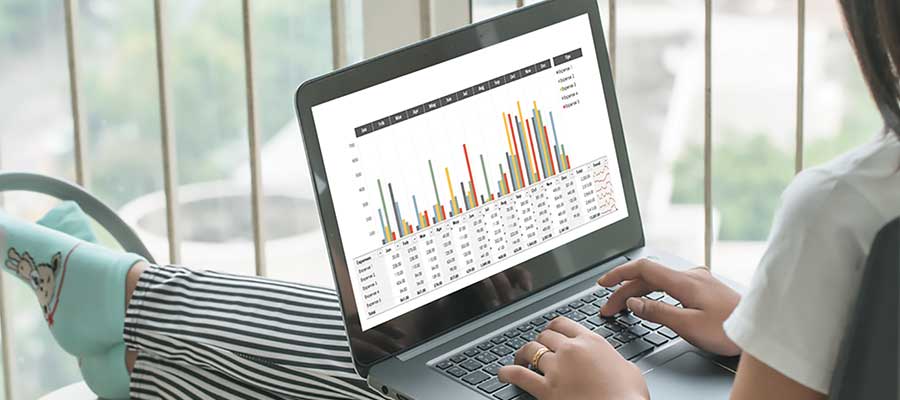If you have been using Microsoft Excel for a couple of years, you may feel that you know everything needed and this article will help you to appreciate how Online Excel Training Classes can improve your skills. You may feel that as long as you can do the basic functions, you have learned all you can. However, what you need to know is that Excel is a very advanced software that has a wide range of functions. No matter the level of expertise, you can benefit from advanced training. Here are some of the reasons why you should schedule our online excel training classes.
Online Excel Training Classes will improve your data skills
One is that you will learn a better way of doing things. When looking for a solution, it’s human nature to stop after the solution has been found; even if that is not the best solution. For instance, you may know how to navigate the features and get to a certain feature not realizing that you can get to that same feature using a simple keystroke. Or, you may be using complex commands not knowing that certain features can ease your actions. Online Excel Training Classes will tremendously help your work and show you efficient ways of accomplishing tasks and boosts your productivity.
Another reason why you should enrol for training is that you will be able to explore the newer versions. We are a company who is always up-to-date with the latest versions. You may have learned various techniques on Excel 2007 but your job uses Excel 2010 or 2016. Microsoft’s backward compatibility may allow you to do the same way but you’ll be missing on some newer features. Or, if you are an employer who has been using Excel 2007, training will help you evaluate whether upgrading to a newer version will increase productivity.
Scheduling for Online Excel Training Classes can help you save in terms of wasted productivity. Even if you know how to use this program, you can always benefit from tips on how to make things easier and faster. Enrol for our training program today, interact with professionals and hone your current Excel skills.
















































